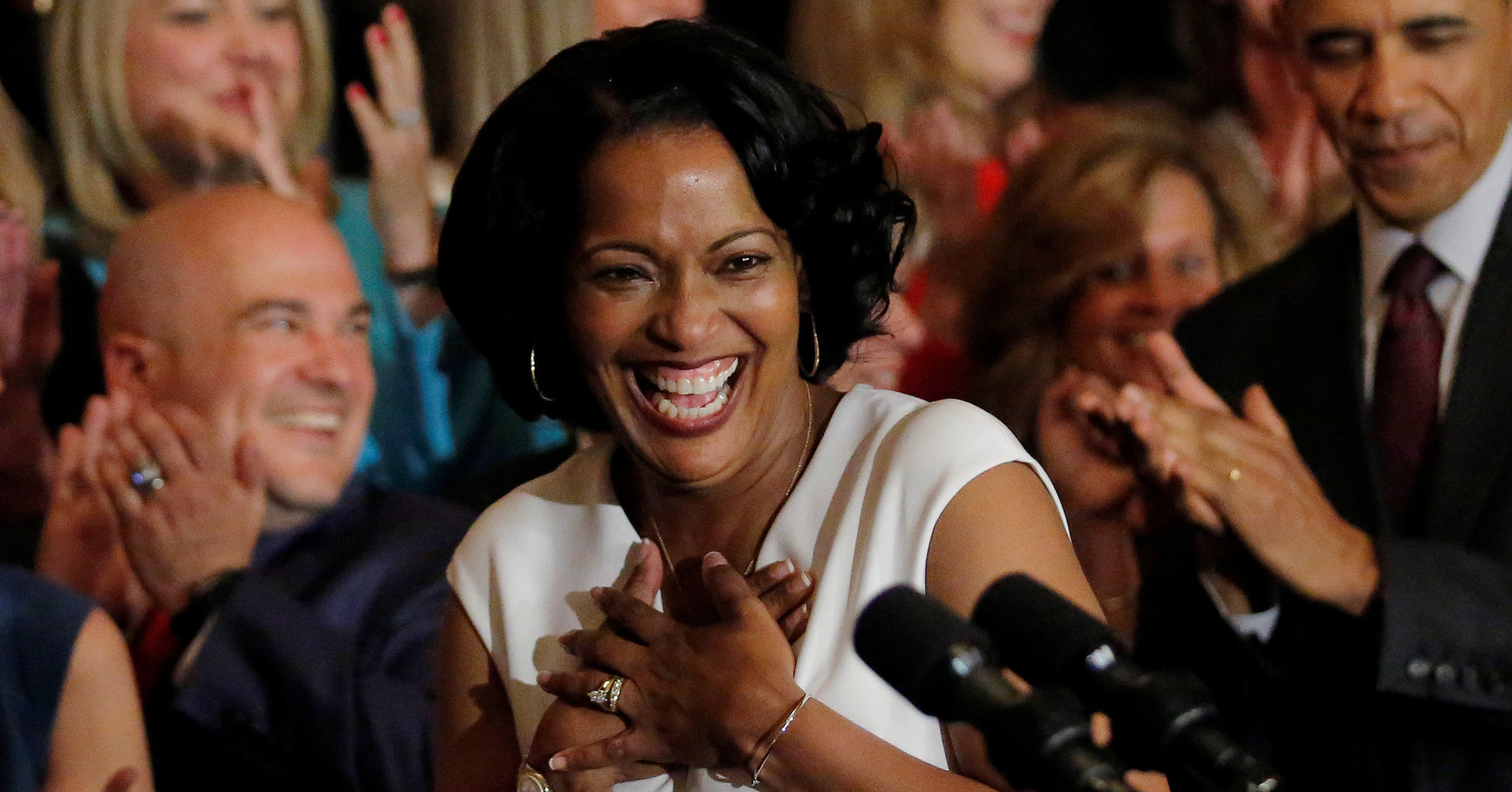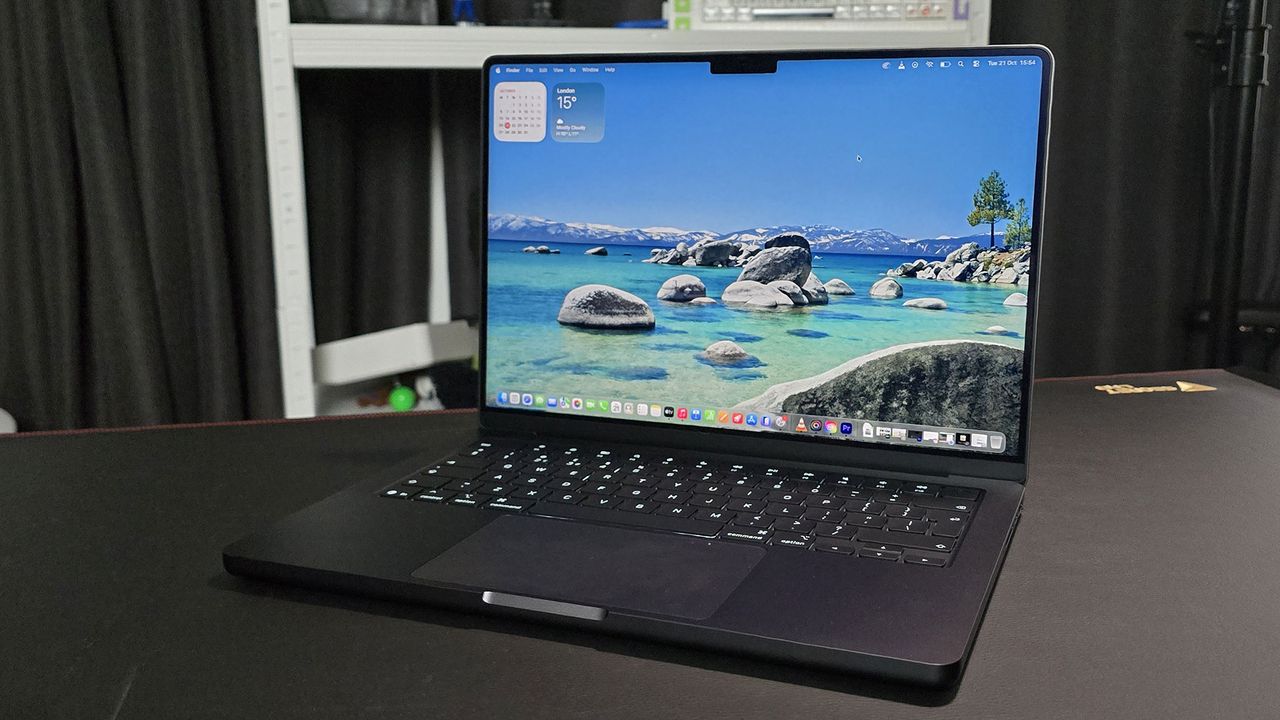
This is only my opinion, and not the representation of Saintel Daily, LLC.
The states that voted in the primaries this week revealed some pretty interesting things about the state of the Democratic party these days. More specifically, how they are viewed in the world of politics. What’s interesting, and in my opinion, about time, is that the nominees are much more diverse in some respects. That can’t be said across the board, but in general, it does speak to these individuals being more representative of their constituents.
In the northeast, Democratic voters in two states made history. In Vermont, this was achieved by nominating the nation’s first transgender candidate for governor. Connecticut made this possible by positioning the first African-American woman to represent the state in Congress. Let’s take that in for a moment and truly appreciate what that could mean. Or at least, what it does mean for the time being. In addition, the first Somali-American will almost certainly be headed to Congress to represent the Minneapolis area and a Muslim will stand for statewide office this fall.
This is great, in my opinion. But the question I always ask is why has it taken us so long to get to this point? Yes, we should be and need to be celebrating this achievement because it’s amazing. But there’s always going to be part of me that thinks by celebrating this it means people aren’t being recognized for their talents or abilities, but rather the thing that makes them diverse. What this does do, is highlight how the system has been wrong for so long. For so many years, people haven’t been truly represented by their elected officials. That’s not to say that the elected officials weren’t working for them, but not in the same way.
In the Midwest, however, the party opted for more traditional candidates in order to win governorships. Politico is describing this as “betting on boring”. In an attempt to rebuild the blue wall, the party is turning to some rather traditional (or boring) candidates to represent these areas. Is this a bad thing? Maybe not. On one hand, I think it’s smart because it recognizes the situation and the people of the constituency. That’s not to say that someone who is a female, younger or even more diverse couldn’t win there. But what the Democratic Party needs right now is wins. From a political perspective, this is the best strategy. Put the candidates in that are going to win.
We saw the opposite in 2016 with Hilary and Bernie. Now I’m not saying that either one is better than the other. They both had things going for them. Unfortunately, Bernie leans a little bit too far to the left to really get the backing from the party. Meaning, his political views might be a bit too much for those who hover around center or to the right on the political spectrum. Hilary was right in the middle with her politics, but she’s a woman, and one who has been in the public eye since her husband was President. This, in my opinion, was a disadvantage for her because it gave people an out when it came to voting for her.
All that said, she did technically win the election in terms of the popular vote. And well, she might have actually won the election, but that’s something that hasn’t exactly been verified. My point is that in order to gain any ground with this upcoming election, the Democratic Party needs to put people into the seats that have the best chance of winning. And that’s what they’re doing, in my opinion.



![Apple Watch Ultra: The best Apple Watch I do not need [Video]](https://9to5mac.com/wp-content/uploads/sites/6/2026/01/AWU-FI.jpg?quality=82&strip=all&w=1600)